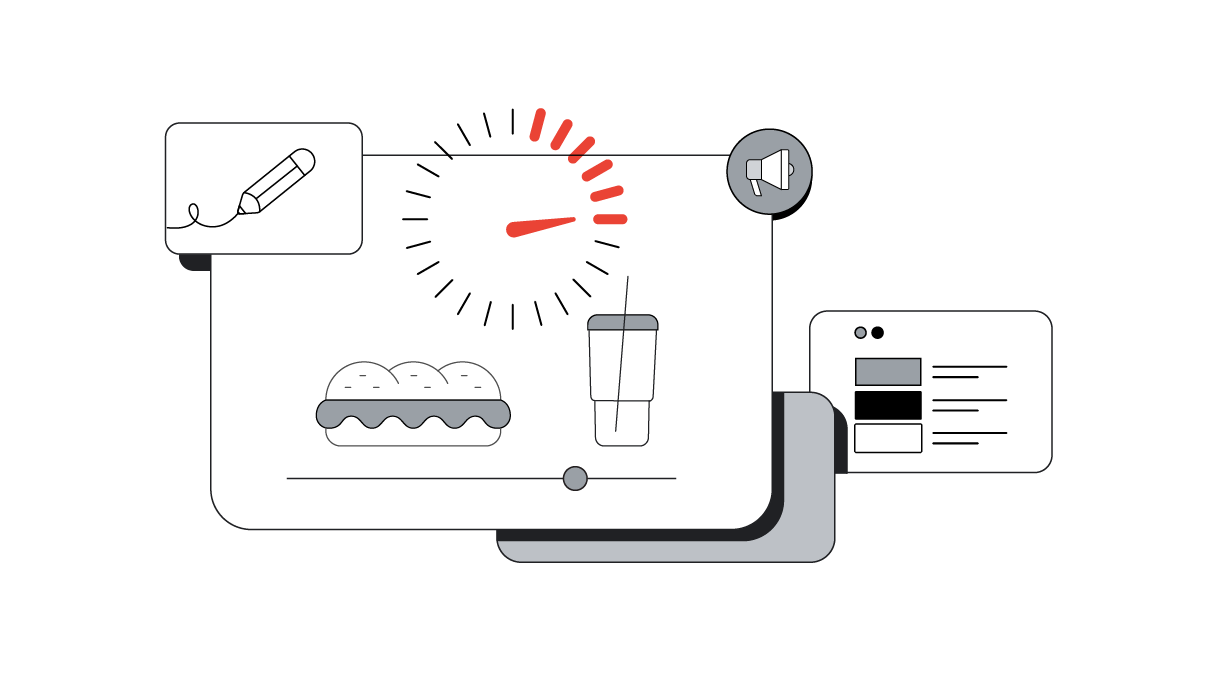For months, COVID-19 has forced businesses across the country to temporarily close their brick-and-mortar storefronts. While the pandemic affects businesses of all sizes, reports show that these store closures can impact small businesses the most.
To stay afloat, many Canadian businesses have had to quickly pivot their product offerings, redefine their business models, introduce new delivery methods, and turn their attention to e-commerce — in some cases, for the first time ever. Having a digital presence has gone from a strategy to a lifeline.
In honour of International Small Business Week, we’re celebrating the resilience of Canadian small business owners, and some of the digital tools and resources that have been helping during these challenging times.
Small businesses are reaching new customers online
Peter Laywine has run a successful stationery store Laywine’s in Toronto’s Yorkville neighbourhood for more than 30 years. He set up an online store with Shopify in early 2019, but his main focus was still on his loyal, in-person customer base — until COVID-19. When he was unexpectedly forced to close his doors, he realized he quickly needed to shift strategies and use his online shop to keep his businesses going.
“When we had to close our door, the bottom fell out of the businesses,” he said. “For the first time I did zero dollars on a day and that was really frightening.”
Initially, he wasn’t sure he’d find an online audience for his pens, journals and other tactile products that people enjoy holding and experiencing in-store. However, shortly after he and his staff set up Google Ads, sales started coming in from across North America. In the first six weeks, he says digital sales increased by almost 18X, and now 70% of his customers are from outside Toronto.
When Toronto-based tea shop, Plentea, had to permanently close its retail store doors due to COVID-19, it quickly pivoted to an online-only model. Plentea was among the first businesses to go through the ShopHERE powered by Google program to build its online presence and reach customers across the globe.
”It's hard enough letting our guests know that they can no longer visit our store, but it felt very empowering telling them that we will be online, and they can continue to order our loose leaf teas through our website,” says Tariq Al Barwani, founder of Plentea.
Eligible small businesses can now sign up for the program, which provides free support to build an online shop. The Google for Small Business hub also has free resources and training to help businesses improve their digital presence, and opportunities for one-on-one coaching sessions through Grow with Google OnAir.
Canadians are looking to support local businesses
Canadian search interest in "how to help small businesses" skyrocketed in March,1 showing that people across the country are looking for ways to continue supporting their favourite locals — even if it’s from a distance. Add Support Links for donations and gift cards to your Business Profiles on Google, and create campaigns to promote them using custom posters and banners, through the Google My Business Marketing Kit.
“A donation or a gift card towards a future dine-in experience will go directly to paying our amazing staff and to keeping our doors open through these tough times,” says Sylvester Borowka, owner of Continental Treat Fine Bistro in Edmonton, Alta.
Businesses are communicating with customers virtually
Small business owners who normally provided in-person services are finding creative ways to build out their offerings virtually. Yoga studios are offering online classes, salons are hosting virtual hair styling classes, and restaurant owners have quickly implemented delivery and curbside pick-up options.
Small business owners can keep online information up-to-date and communicate important changes through their Google my Business profiles in Maps and Search. For businesses offering appointments, add attributes like “online classes,” “online appointments,” or “online estimates” to your profile to ensure customers know how you’re operating and what your offerings are.
For restaurants, these attributes could include services like “‘curbside pickup,” “contactless delivery” and “‘dine-in” to keep your customers informed not only on your menu, but also on how easy it is to safely order takeout. Since March, more than 3 million restaurants globally have added or edited their dining attributes.
These are just some of the digital resources available to Canadian small businesses right now. While every business is unique and situation different, there are a range of digital tools and solutions to help support through these times. This may be the most challenging time for Canadian businesses collectively, but by sharing resources and experiences, we can help get through this transition together.







